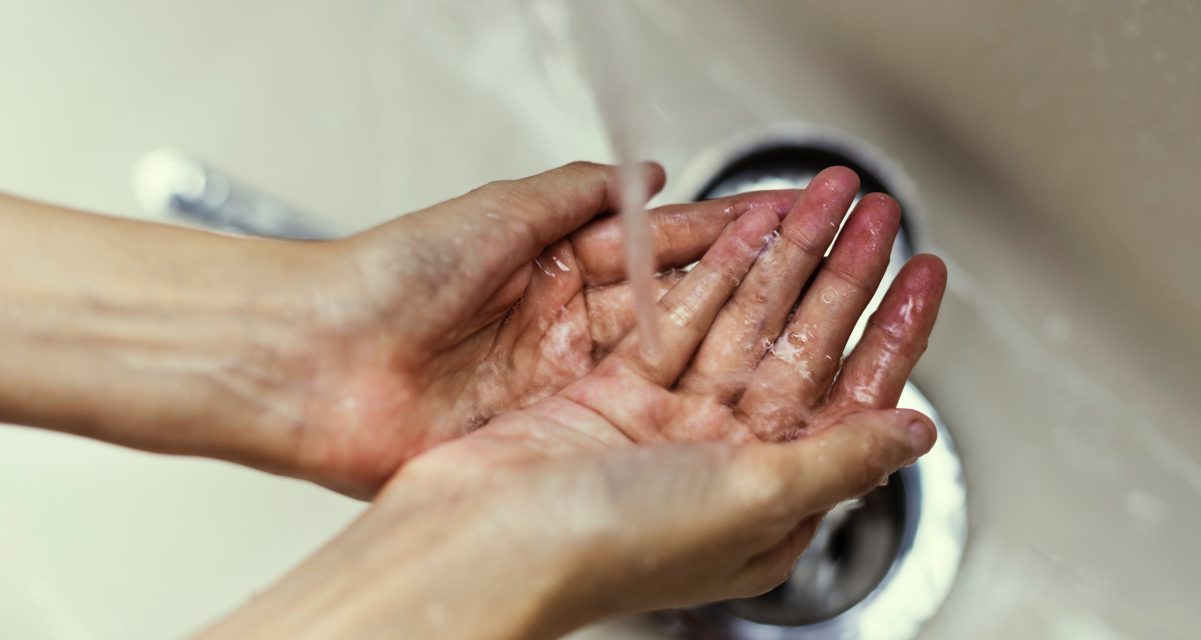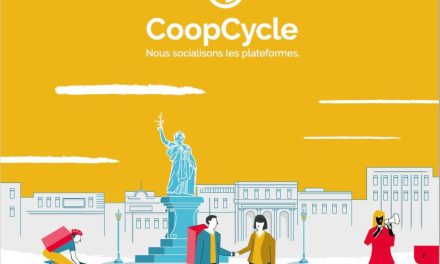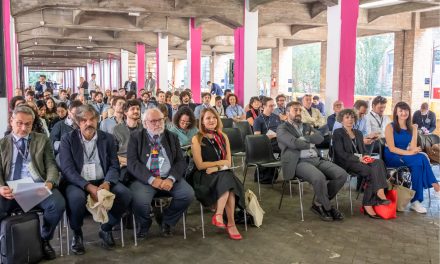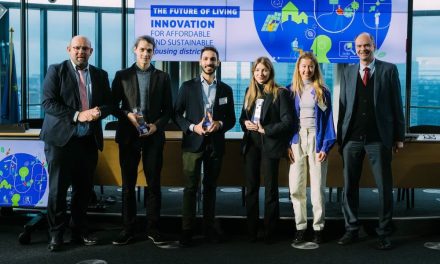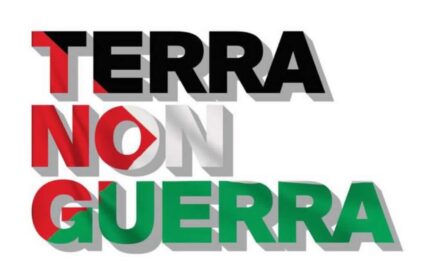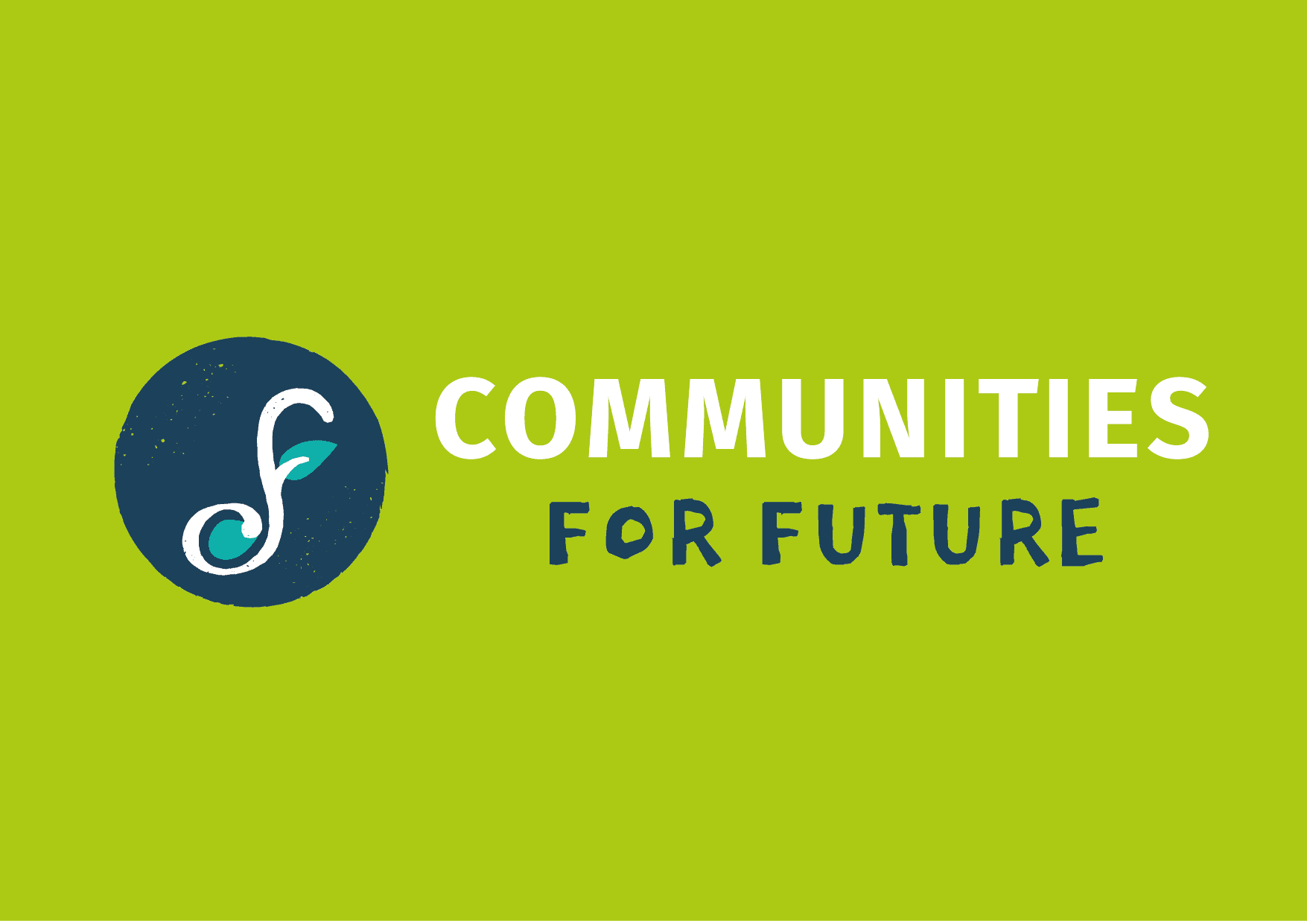Article by Eduardo Gudynas for Brecha, Uruguay, June 30, 2023
“Coffee with unsalted water, coffee with fresh water,” shouted the street vendor at the Tristan Narvaja fair on Sunday. In those same days there is relief in the family because finally it was possible to change the resistance of the water heater; the second succumbs eaten by salts and sediments in the last three months. We celebrate being able to bathe. Before, in the neighborhood, water drums cost 110 pesos, but at the corner kiosk, capitalist mischief had them at 160 pesos; Now, the government has launched a tax measure that lowered the price. Is it to celebrate? Possibly, no, because, as it is impossible to cook, for example, a soup with salt water, we will have to buy more jerry cans. I observe the brown spots advancing on spoons and forks. Will I have to discard those that are devoured by salt? Will the government call a press conference announcing that it will cancel taxes on the sale of cutlery?
In these and other similar ways, the drinking water crisis is taking place throughout the metropolitan area of Montevideo. We crossed what would be day zero, but almost no one noticed it, and it is even impossible to determine if the government hid it or simply does not understand what is happening.
That concept was applied in Cape Town, South Africa, in the face of the severe drought that it suffered for several years and that reached its extreme in 2018. As the freshwater reserves of the city (with more than 4.6 million inhabitants) declined, increasing restrictions on water consumption were applied. They had a plan, of course debatable, but a program of phased measures was organized in advance.
When the reserves of that South African city fell below 13.5 percent, day zero would immediately be decreed: there would no longer be drinking water to distribute. Here, in Montevideo, the situation is much more serious, since the reserves in Paso Severino are below 3 percent (equivalent to three days of the capital’s water consumption).
There is water in the taps, but it has not been drinkable for weeks. We crossed day zero without knowing it. The state agencies that were supposed to indicate it were silent and, since there is no organized plan, it leads to improvisation. All this was disguised by changing the fresh water for another brackish one.
We learned that the water ceased to be drinkable because it was made clear by the Faculty of Chemistry and by the analyzes disseminated by the Municipality of Montevideo. Those who should have been the first to warn about this situation, OSE and the ministries of Health and Environment, raised the idea of “drinkable water”.
The glimpse in ideas and data multiplied. The presidential secretary, Álvaro Delgado, promised to maintain the “quality” of the water, although at that time what almost everyone understands by quality had already been lost. That commitment was not even fulfilled, because within a few days OSE even exceeded the new exorbitant salinity limits that had been granted.
President Lacalle Pou more recently announced a water “emergency.” There are two substantial problems here. The first is that this term refers to a measure that is essentially administrative, which, for example, liberalizes and speeds up expenditure. The second is that it is not assumed that this is not an emergency, but a crisis, and that it is not just water, but has other components.
Indeed, we are facing a crisis that is expressed in multiple dimensions: environmental, social, health and economic. We are witnessing an ecological debacle, with the Santa Lucia River basin plagued by damming and pollutants. The health impacts are evident, for example, for hypertensives, children and pregnant women, to which are added the risks of dealing with waters that have a substance, trihalomethanes, which are possible carcinogens. The social implications are manifold, starting with accentuating inequality and marginalization, given that the poorest have fewer resources to deal with these problems. Finally, the situation impacts domestic budgets and business performance.
It is estimated that it is essential to ingest, every day, almost four liters of water for men and almost three for women (seven during pregnancy). 1 These requirements are multiplied by adding the amount required for cooking. That explains why, for example, in Cape Town, under day zero the government committed to granting a “ration” of 25 liters per person per day.
Instead, here, at the most recent press conference, two ministers announced that two liters of drinking water per person would be provided, not only for children or pregnant women, but expanding it to a larger group. A supposedly forceful measure was staged, but in reality it was to provide less water than necessary to the most vulnerable, embedded in a publicist fanfare that should not serve to disguise that tenuous solidarity.
Day zero finally never arrived for Cape Town, as a few days earlier the rains returned. However, everything indicates that Montevideo is the first case in the world of a capital city that reached that situation of collapse. Other metropolises, such as Cairo, Jakarta or Mexico City, drag difficulties for decades, but due to persistently scarce resources. Instead, our capital was always surrounded by rivers and streams, but they were contaminated, degraded or altered in many ways for decades, and without taking contingency measures in the event of a drought.
In tune with the publicist obsession we will be in another first place in the world that will make us an example. We will be the first capital city that, in the twenty-first century, reached day zero, running out of water, under a government that never understood it.
Note:
1. “Human water needs,” Michael N. Sawka et al., Nutrition Reviews, vol. 63, 2005.
2. See also the Editorial from The Guardian, July 16, 2023 here.




